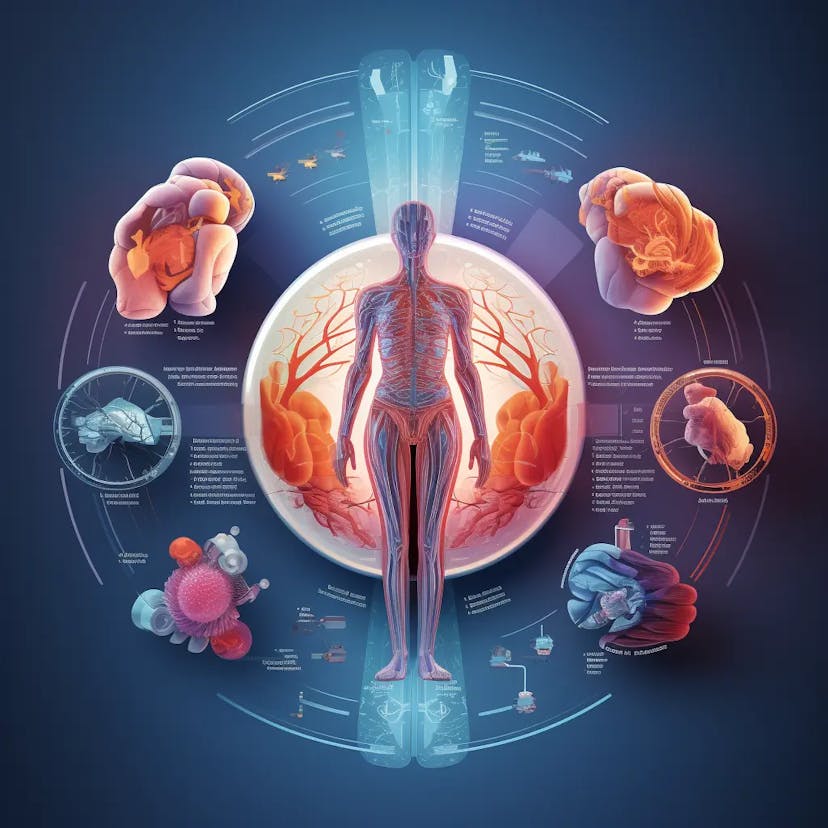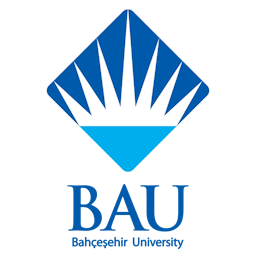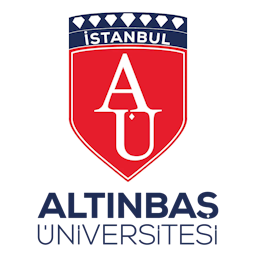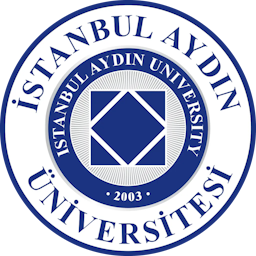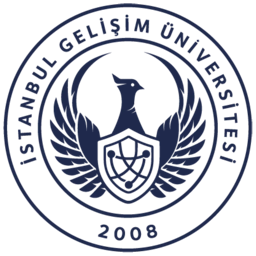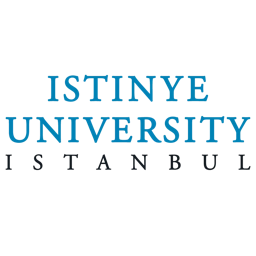
ChatGPT
What is OpenAI?
OpenAI is an artificial intelligence (AI) research and development company founded in December 2015. OpenAI aims to deliver advanced artificial intelligence (AI) technologies, develop an open approach to artificial research and innovation in a way that is safe and beneficial to humanity, and ensure that the benefits of the technology are widely available.
OpenAI has released several leading models in the field of artificial intelligence (AI), including GPT-3 (Generative Pre-trained Transformer 3), which is used to automatically produce natural language texts.
Founded with the support of a group of renowned technology leaders and entrepreneurs, OpenAI is a non-profit organization that aims to deliver artificial intelligence (AI) technologies in a way that benefits humanity at large.
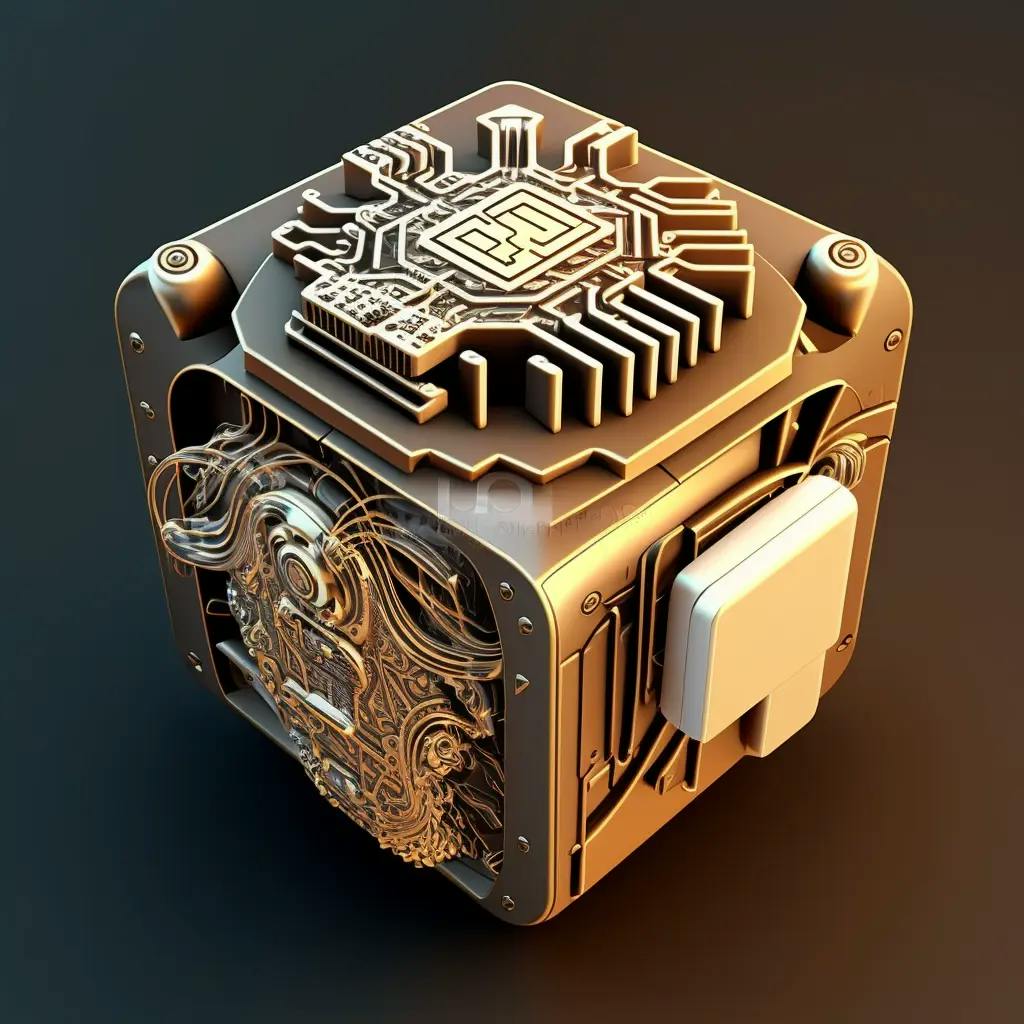
What is ChatGPT?
ChatGPT is a language model developed by OpenAI using Generative Pre-trained Transformer technology. It is an AI-based model based on a deep neural network called Transformer. The first version of ChatGPT was released by OpenAI in July 2021. This model was developed as part of the GPT series, with GPT-3.5 being the model upon which ChatGPT was accepted. GPT-3.5 is trained on a large variety and huge amounts of linguistic data, enabling it to understand and produce texts in a natural way with users across text. It is used for various tasks such as answering questions and providing linguistic assistance. It enables users and developers to integrate it into their applications using the provided APIs.
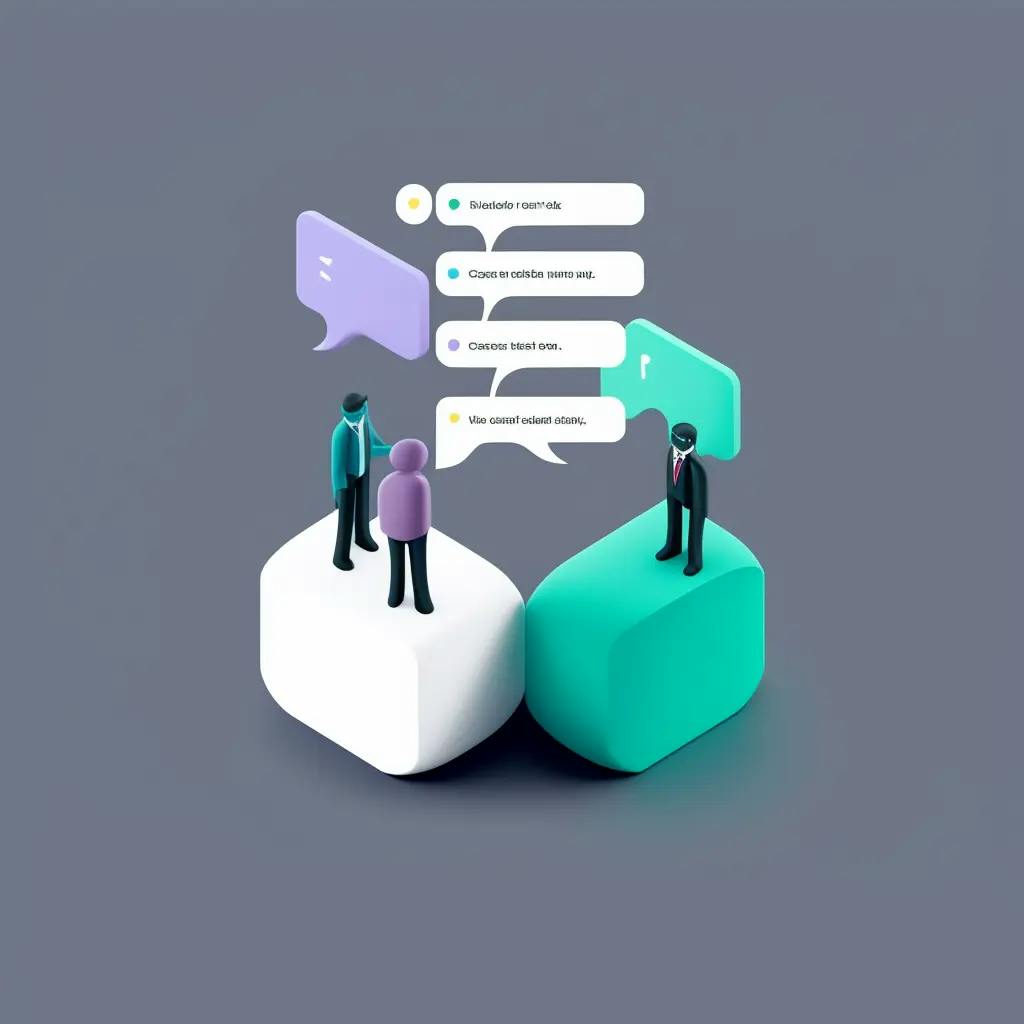
History of the development of ChatGPT:
The ChatGPT model is the result of continuous development in the field of artificial intelligence (AI). This model is distinguished by its unique ability to interact naturally in the context of conversations, as OpenAI has taken steady steps towards improving the capabilities of linguistic models and their interaction with users. Let's take a look at the history of ChatGPT's development from its beginnings to its modern versions and how it became one of the most powerful pre-trained language models.
The beginnings of the journey:
In the early 2010s, OpenAI began its journey in developing language models with a deep understanding of texts. In this context, previous models such as GPT and GPT-2 saw the light, with OpenAI constantly evolving the capabilities of the models to enhance natural language understanding and generation.
ChatGPT's official birth:
The GPT-3 version, launched in 2020, came as part of the development of ChatGPT, focusing on the model's ability to better engage in interactive conversations and improve the user experience.
Ongoing training:
Since the launch of GPT-3, OpenAI has been working hard to improve ChatGPT through ongoing training runs. The dataset has been expanded and model performance improved for better user experiences. These operations reflect OpenAI's commitment to providing cutting-edge user experiences and interactive technologies that meet user expectations.
The ChatGPT development journey represents an important step towards realizing OpenAI's vision of improving intelligent and effective human-machine interaction, and providing unique experiences in interacting with artificial intelligence (AI).
What are ChatGPT's capabilities?
ChatGPT has unique capabilities that make it one of the most prominent models in the field of artificial language generation. Here's a look at some of his key abilities:
- It has the ability to interact in multiple languages, expanding its use in a variety of cultures and languages.
- It is distinguished by its ability to produce intelligent and natural texts that resemble human language. It can also generate clever sentences and logical answers based on the context it is presented with.
- It is distinguished by its ability to accurately understand natural language, questions and inquiries, and provide intelligent and contextual answers effectively with users.
- It is able to engage with a wide range of topics, from general questions to technical and creative topics. Which makes it useful for linguistic support and providing information in various fields.
- It is characterized by its ability to improve its performance by constantly interacting with users and absorbing more context.
- It is characterized by its ability to respond naturally and interactively in the context of conversations, making the dialogue experience very similar to interacting with a real person.
To sum up, ChatGPT's capabilities combine deep linguistic understanding with exceptional text generation power, making it a powerful tool for a variety of applications and needs whether for entertainment or for practical applications that require a fine-grained understanding of natural language.

What are the uses of ChatGPT?
ChatGPT is so versatile that it can be an effective tool in a wide range of scenarios and industries. Here are some potential uses:
- Online Chat Support: ChatGPT can be used to enhance your online chat experience, whether it's in customer service or social media platforms.
- Improve user interaction: ChatGPT can be integrated into applications and websites to improve user interaction and provide more natural interactive experiences.
- Language Support Applications: ChatGPT can be used as a language support and translanguaging tool, contributing to improving language communication between individuals from different linguistic backgrounds.
- Content Generation: ChatGPT is a powerful content generation tool, whether it's writing articles, preparing marketing texts, or even creating creative content.
- E-learning applications: ChatGPT can be used in e-learning applications to provide intelligent explanations and guidance to students.
- Medical Applications: ChatGPT can be used in the healthcare field to provide information to patients or even chat support with medical professionals.
- Entertainment Interactions: ChatGPT can be used to create interactive and entertaining experiences, such as chatting with intelligent virtual characters.
- Digital Marketing: Used to generate creative content and improve engagement with customers via social media.
These uses show how ChatGPT can play a vital role in improving language interactions and improving user experiences in many different scenarios and depending on specific needs and uses.

What are the limitations of ChatGPT?
Although ChatGPT technology has made significant progress, it faces some limitations and challenges. Here are some major limitations:
- Understanding Context: ChatGPT has difficulty understanding long context of conversations. This leads to disproportionate answers or a loss of logical direction.
- Lack of fact checking: ChatGPT does not have a strong fact checking capability, which means it can generate content that may be inaccurate in some cases, due to overlapping information or an incorrect understanding of context.
- Impact of training data: ChatGPT may reflect bias present in the data it was trained on, potentially leading to answers with unwanted biases.
- Informal language challenges: May face challenges in understanding and dealing with informal or colloquial languages, which may affect the accuracy of answers.
- Iterative generation capabilities: ChatGPT may sometimes produce answers that repeat the same ideas repeatedly, affecting the quality and variety of texts produced.
- Inability to interact with the real world: ChatGPT relies on the data it was trained on and does not have direct interaction with the real world, which reduces its ability to provide answers based on recent events.
- Style control challenges: Style control of answers can be a challenge for ChatGPT and may sometimes generate inappropriate text or inappropriate expressions.
With these limitations, ChatGPT must be used with caution and balance to ensure that the expected benefits are achieved while taking into account potential challenges and limitations.
What is the difference between ChatGPT and search engines?
There is a big difference between ChatGPT and search engines, as they each perform different functions in the world of technology. Here are the main differences between them:
The main purpose:
ChatGPT:
It is used to generate answers to questions and participate in conversations to achieve two-way or multi-way interaction with users. Focuses on dynamic linguistic interaction and complex responses.
Search Engines:
Search engines are used to find information from the web based on specific resources provided by the user. It focuses on providing a list of links and resources related to keywords.
General Method of Operation:
ChatGPT:
It relies on language models trained on large sets of texts to generate complex answers using dialogue context.
Search Engines:
It relies on web indexing and search algorithms and analyzes online titles to provide a list of relevant links.
Interactivity and Context:
ChatGPT:
ChatGPT has the ability to better understand natural language and context, generating contextualized responses to a wide range of questions and topics while integrating ideas into the context of the conversation.
Search Engines:
ChatGPT doesn't understand context in the same way, it analyzes the keywords in the query and reconstructs the results based on keyword matches on pages on the web.
Dynamic Interaction With The Context:
ChatGPT:
Can interact dynamically in multiple conversations, with the ability to adapt to changes in context.
Search Engines:
They provide static search results and often do not interact in the same dynamic way.
Interpretation Of Context:
ChatGPT:
ChatGPT attempts to interpret the context linguistically, which allows him to give answers that take into account the context of the conversation.
Search Engines:
It does not interpret context with the same accuracy and provides results based on matching keywords.
Training and Improvement:
ChatGPT:
ChatGPT is trained on a wide range of linguistic data to improve its understanding and responses.
Search Engines:
It is based on complex algorithms to determine page ranking and retrieve information based on hundreds of indicators.
Time Range Of The Conversation:
ChatGPT:
It allows interaction over long conversations, as it retains context and can understand long conversations.
Search Engines:
Provides instant answers based on the immediate query, but does not retain context for long.
Understanding the difference between ChatGPT and search engines helps determine which technology best suits the context-specific needs of the user. ChatGPT represents an advancement in linguistic understanding and end-to-end interaction, while search engines rely on retrieving information from the web using keywords.
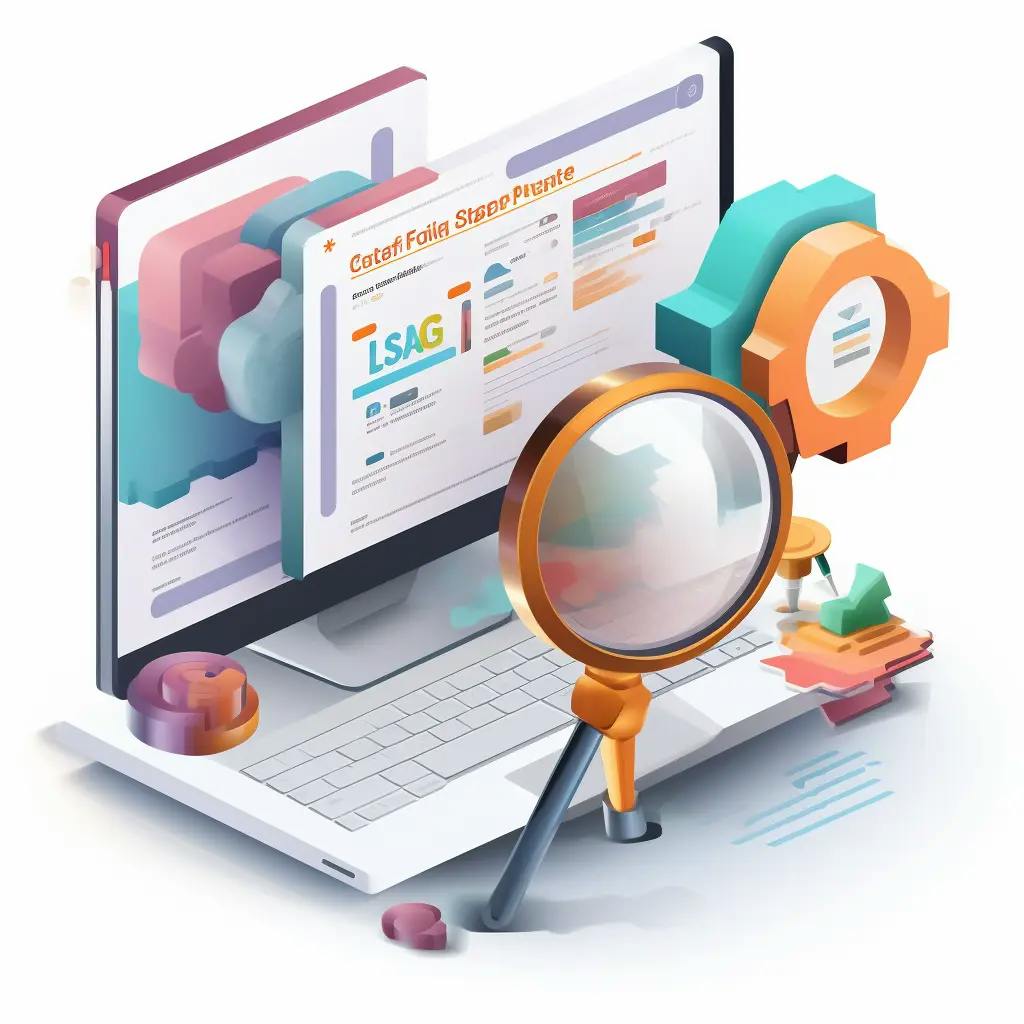
How does ChatGPT work?
ChatGPT works using the GPT (Generative Pre-trained Transformer) model that is based on artificial neural networks and transformation technology. Here's an overview of how ChatGPT works:
Training:
The ChatGPT model is trained on huge amounts of data, including billions of sentences and texts from various sources on the Internet. The model learns linguistic relationships and arrangements by analyzing context and linguistic flow in texts.
Transformer:
GPT is based on the transformation structure, an architectural model of neural networks that use attention to understand context and interact with data. GPT consists of repetitive transformation layers.
Linguistic interaction:
When ChatGPT receives text input, the model represents the sentence or linguistic context it is input to with a numerical array. This representation is used to understand the context and linguistic relationships in a sentence.
Generate the answer:
Once the linguistic context is represented, the model synthesizes a new answer. The model uses its information gained from training to synthesize an answer that seems logical and appropriate to the context provided.
Context navigation and control:
ChatGPT is able to navigate the linguistic context to understand the current context, respond appropriately, synthesize a new and non-duplicate answer, and control the degree of stimulation to improve the accuracy of answers.
The ChatGPT model combines the ability to understand language and generate language answers in a natural way. GPT-3 is among the largest and most advanced models in this context, but it must be taken into account that, like any artificial intelligence system, it can present some challenges and limitations in some cases.
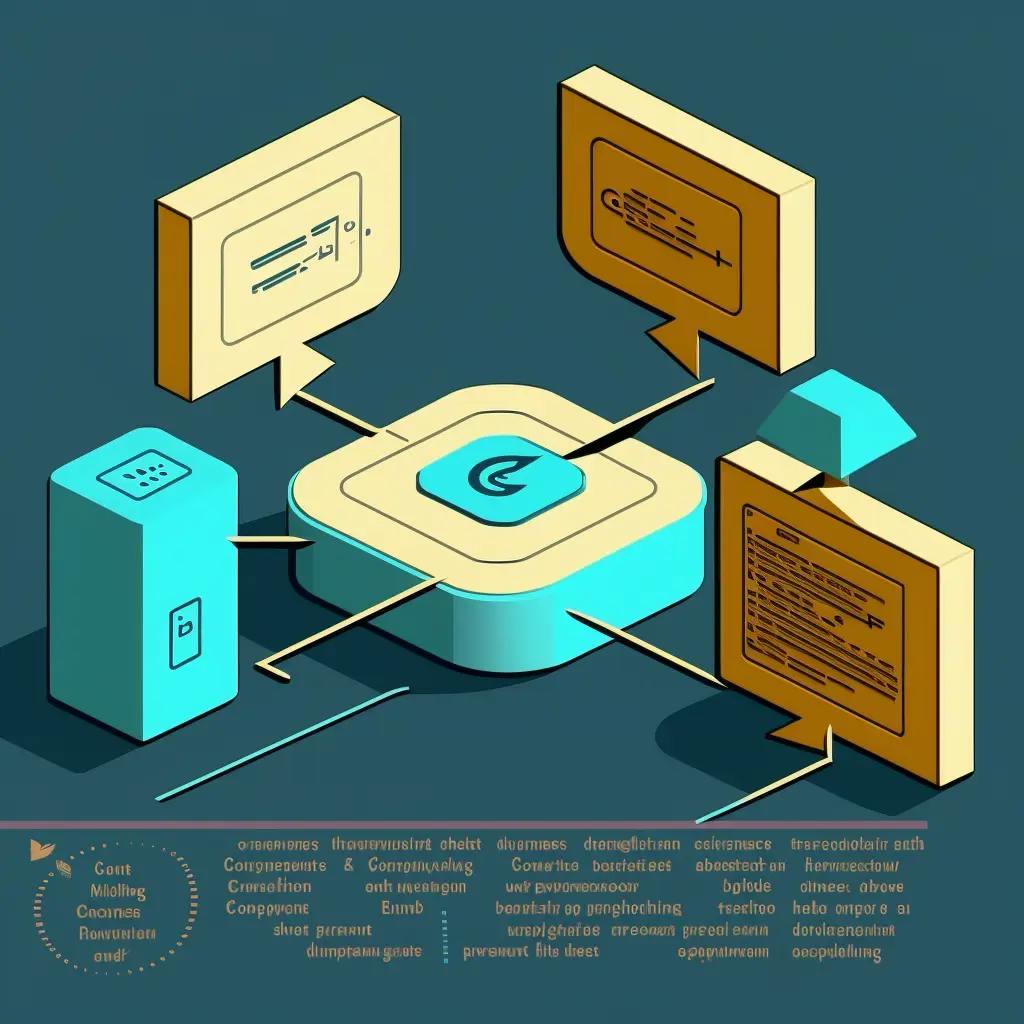
What is the future of ChatGPT?
ChatGPT, part of the popular GPT template family, is one of the latest developments in the field of artificial intelligence and language interaction. Over time, the future of ChatGPT is viewed with optimism and anticipation, with major innovations expected to occur that will impact a wide range of industries and applications. It is expected that researchers will continue to improve the performance of ChatGPT models by increasing the size of training data and improving feature engineering, leading to more accurate and efficient answers. Future versions of ChatGPT will likely see the addition of advanced features, such as the ability to interact with images and video or even emotional understanding of texts. This opens doors for its employment in multiple contexts of industries and services and may have a significant role in education, healthcare, business, and even entertainment.
With rapid technological developments, the future of ChatGPT and the world of linguistic neural networks shows tremendous opportunities for improving linguistic interactions and expanding the possibilities of artificial intelligence. As technologies develop, performance improves, ChatGPT's capabilities expand, and its positive impact on our daily lives increases, ChatGPT could be poised to change how we interact with smart systems in the near future.

Why do some people worry about ChatGPT?
There are several issues that make some people concerned about ChatGPT and advanced language models, and these issues include:
Bias and Errors:
Linguistic models may exhibit bias resulting from the data they are trained on, producing subjective answers, or they may reflect judgment and discrimination, raising concerns about the reliability of the information.
Uses for abuse:
There are concerns that technologies like ChatGPT could be used for unethical purposes, such as creating misleading content, impersonation, or creating inflammatory or unethical messages.
Threat to certain jobs:
There is concern that technologies like ChatGPT may lead to the replacement of some human jobs, especially in the areas of customer service and technical support.
Its impact on human communication:
The use of ChatGPT raises concerns about the impact on social interactions and human communication, especially if these technologies are widely used in everyday communication and how their use could lead to a loss of human connection and interaction.
Ethics in use:
The use of ChatGPT raises ethical and privacy protection issues, such as privacy and consumer rights, especially if it is used to generate personalized content or to understand interpersonal interactions.
These are some of the issues that concern some individuals about ChatGPT. The scientific and industrial community must address these issues and work to improve AI technology in a way that advances in a sustainable and ethical way and achieves benefits without negative impact.

Are teachers and students allowed to use ChatGPT?
In the context of education Yes, teachers and students can use ChatGPT in a variety of educational scenarios. Here are some ways ChatGPT can be used in the educational field:
Assistance in writing and research:
ChatGPT can be used as an aid to improve writing and research skills, where they can ask questions, ask for help in preparing or writing suggestions for texts and articles and get instant guidance.
Language training:
ChatGPT can be used to develop language skills and train students by chatting with the model and providing questions to improve language comprehension, expand vocabulary, and use grammar correctly.
Generate educational content:
ChatGPT can be used to generate additional educational content or help prepare questions and exercises to diversify the educational material. Where you can ask questions and get immediate answers to academic concepts.
Training in specialized fields:
ChatGPT can be used to provide additional training or guidance in compiling information for research or to get suggestions on specialized topics such as mathematics or science.
Improving the distance learning experience:
ChatGPT can enhance your distance learning experience by providing instant and quick language interaction support and answering questions.
Developing analytical thinking skills:
ChatGPT can be used to ask questions that stimulate analytical thinking and self-deduction via linguistic conversations.
Ultimately, teachers and students must be aware of the ethical issues related to the proper use of AI technologies, ensure they are directed toward effective educational goals and skill development, use them responsibly with consideration for security and privacy, and stimulate constructive and interactive use.

At the conclusion of our article on ChatGPT, it appears that artificial intelligence technologies open a new horizon for linguistic interaction. Despite the remarkable development, the challenge remains in using these technologies responsibly and ethically, while directing innovation towards serving humanity and improving our experience in the world of smart communication. Despite potential challenges and concerns, the promising future of ChatGPT shows continuous improvements and developments, enhancing its role in diverse areas of daily life.
Tell us about
you Our team has the experience to answer all your inquiries about studying and residing in Turkey


